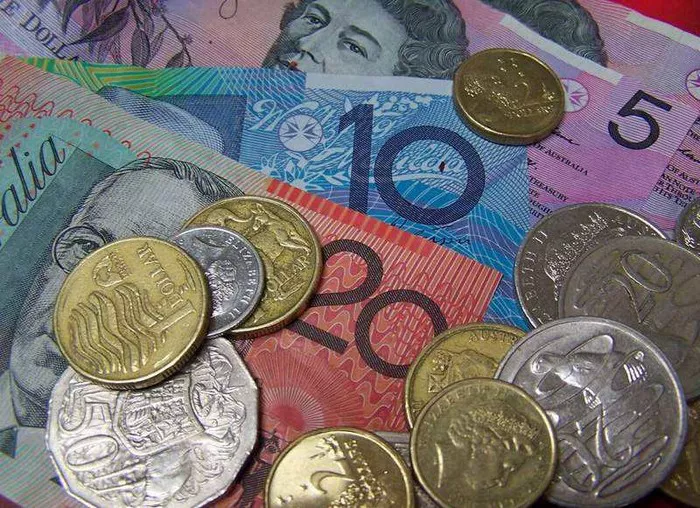AUD/JPY faced some selling pressure during the Asian session on Monday, with AUD/JPY falling to the 99.00 mark after eight straight days of gains, its highest level since December 2014. Spot prices are currently trading around 98.60, with bears currently waiting for the 100 hourly simple moving average (SMA) to be sustained below and accepted before making further adjustments.
Speculation that Japanese authorities will intervene to stem further weakness in the currency has been a key factor in the relative outperformance of the Japanese yen (JPY) amid a backdrop of geopolitical risks. The Australian dollar (AUD), on the other hand, has been weighed down by the risk of further escalation in tensions between China and Taiwan. This has put some downward pressure on AUD/JPY.
Nonetheless, recent optimism over hopes for more stimulus from China is likely to continue to be a tailwind for AUD/JPY. On top of this, the Reserve Bank of Australia’s (RBA) hawkish stance suggests policymakers are unwilling to rule out another hike in the cash rate amid persistently high inflation, which could provide support for the Australian dollar. In turn, caution is needed before making aggressive bearish bets around AUD/JPY.
Meanwhile, Japan’s economic recession appears to have dashed hopes that the Bank of Japan (BoJ) is about to shift its policy stance in the coming months. This could dampen any meaningful appreciation moves in the yen and help limit the downside for AUD/JPY. Therefore, it would be prudent to wait for strong follow-through selling before confirming that spot prices have peaked and positioning for a deeper corrective decline.


